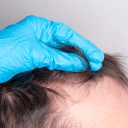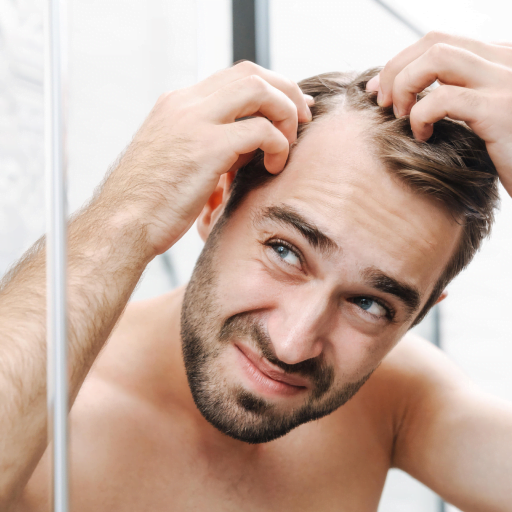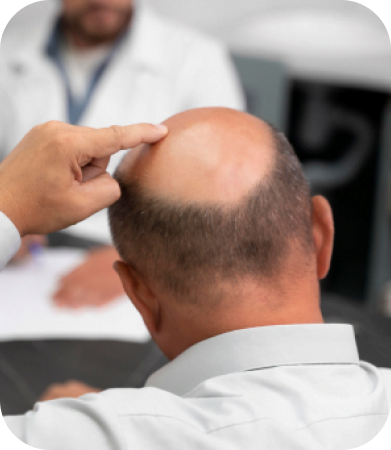Minoxidil (Rogaine) for Hair Loss
Located in Sarasota and also serving Tampa, Florida, Hair Transplant Center is ready to give you the best service and bring back the confidence in you.
Many people think that keeping their hair is as easy as using Rogaine. But, it doesn’t work for everyone. It might not even work for you. And if it does, the results may not last long.
Rogaine has become popular, and many doctors often recommend it. But where did Rogaine come from? Rogaine started with other purposes before it became popular for its current, well-known use.
In the 1950s, doctors at the Upjohn Company developed a drug called minoxidil that they thought would cure ulcers. It was not working for this original intended purpose. But, when they tested it on patients, they noticed that it made their blood vessels open more easily so that blood could flow smoothly and evenly. The FDA approved this drug in the late 1970s for people with high blood pressure.
This drug, marketed as Loniten, had an unusual side effect. It made people grow more hair. Later, the drug received a patent and became available on the market as Rogaine. In 1991, Rogaine became available for women, too. And finally, the drug is now available worldwide as an over-the-counter medicine.
Now, you might be wondering: Does Rogaine work the same way as finasteride? It is different in some ways. Let’s learn about minoxidil and what it does.


